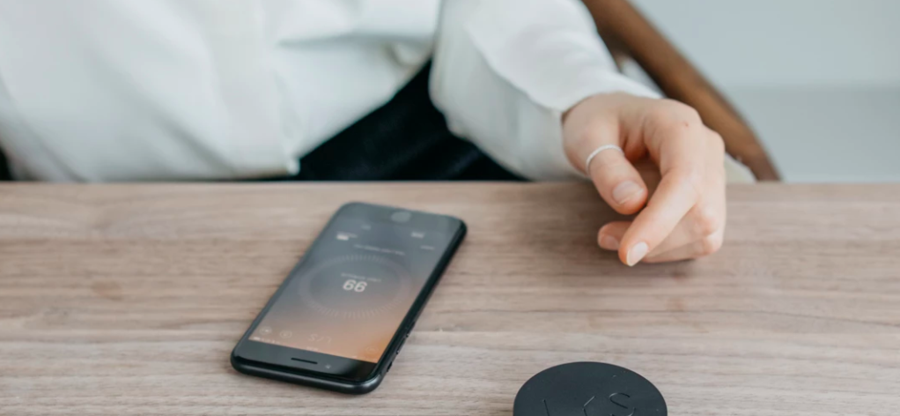
Just in case you hadn’t heard, wearable tech is booming. But are we in danger of drowning in data and being overwhelmed by the numbers?
According to a new report published by GlobalData, a quarter of US adults, close to 57 million people, will use a wearable device at least once a month in 2019.
With so many new users and new products flooding the market, the amount of data available to us is growing exponentially. You can now track everything from your daily steps to your productivity at work.
This might be exciting for companies eager to learn more about their customers. However, for the average person, it can feel like we are at risk of forgetting the true purpose of wearable technology: to help improve people’s lives.
An article in the British Medical Journal suggested that wearables and health apps could be a factor in increasing patient’s stress levels by overloading them with information. It’s a familiar feeling for anyone who’s ever Googled symptoms of an illness and left feeling helpless.
When we designed the LYS button and app, we wanted to do more than help people learn about how light affects their circadian rhythm. We wanted to help people make small changes that have a big impact on their wellbeing.
So how do you go beyond building awareness around an issue and genuinely help change people’s behaviour? It’s a problem that tech creators share with doctors and psychologists. And it’s particularly challenging when you’re trying to help improve people’s energy levels and mood; compared to exercise or calories, it’s far more subjective and difficult to quantify.
The big advantage that LYS offers over wearable sleep trackers is that we focus on your daytime habits. By focusing on your daily routine, we can offer actionable advice for improving your sleep and energy levels. It might be interesting to know how much R.E.M. you had last night, for example. But is that knowledge actually useful for improving your sleep?
Or to put it another way, LYS focuses on the causes of sleep disruption not just the symptoms. We see our users’ average natural light exposure increase from 30 minutes per day to 56 minutes.
If the first generation of wearables was about collecting and measuring. Then the second generation has to be about making sense of the data to create something that’s insightful and useful.
If we are not careful, people will become resistant to all the new data streams and metrics – they need valuable, actionable insights. Without human understanding and advice that makes sense of the data, wearable tech will become a passing fashion.